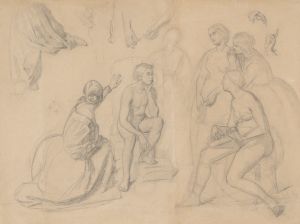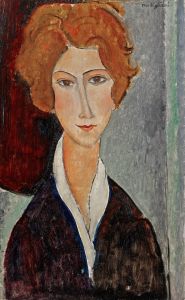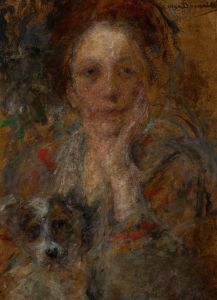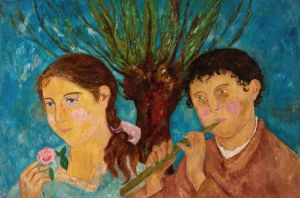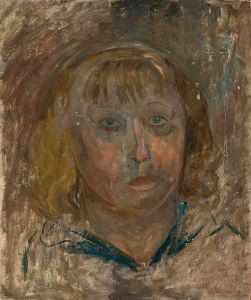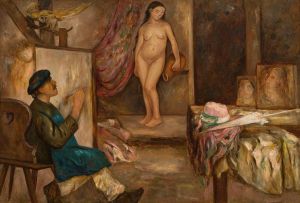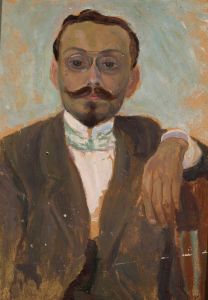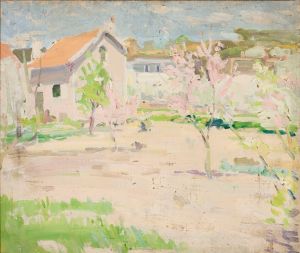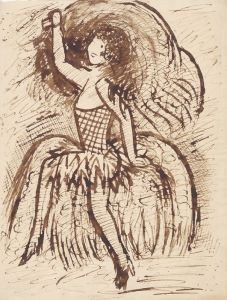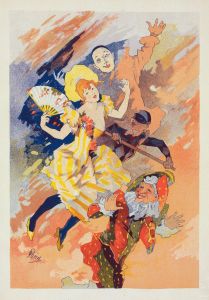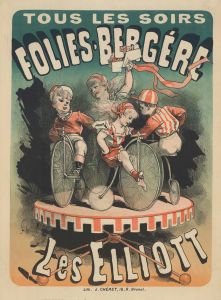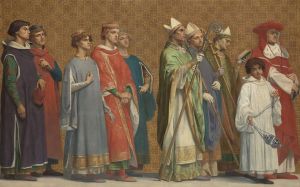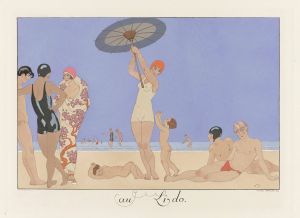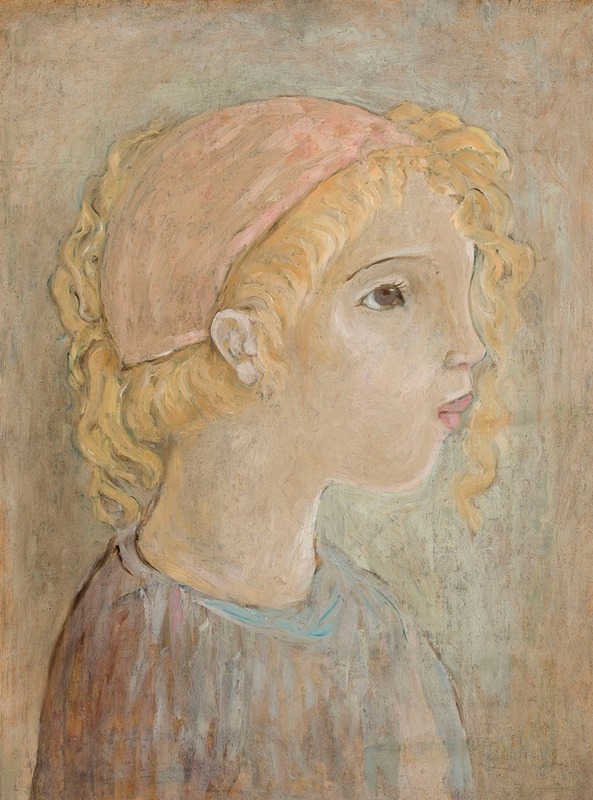
Głowa dziewczynki w różowym kapturku
A hand-painted replica of Tadeusz Makowski’s masterpiece Głowa dziewczynki w różowym kapturku, meticulously crafted by professional artists to capture the true essence of the original. Each piece is created with museum-quality canvas and rare mineral pigments, carefully painted by experienced artists with delicate brushstrokes and rich, layered colors to perfectly recreate the texture of the original artwork. Unlike machine-printed reproductions, this hand-painted version brings the painting to life, infused with the artist’s emotions and skill in every stroke. Whether for personal collection or home decoration, it instantly elevates the artistic atmosphere of any space.
Tadeusz Makowski was a Polish painter known for his distinctive style that combined elements of folk art, symbolism, and modernism. Born on January 29, 1882, in Oświęcim, Poland, Makowski initially studied classical philology at the Jagiellonian University in Kraków before turning to art. He later attended the Academy of Fine Arts in Kraków, where he studied under prominent artists such as Józef Mehoffer and Jan Stanisławski. In 1908, Makowski moved to Paris, where he became part of the vibrant artistic community and was influenced by the works of artists like Paul Cézanne and the Cubists.
"Głowa dziewczynki w różowym kapturku" (translated as "Head of a Girl in a Pink Hood") is one of Makowski's notable works. This painting exemplifies Makowski's unique approach to portraiture, where he often depicted children in a manner that combined innocence with a sense of mystery. The painting features a young girl wearing a pink hood, with a focus on her facial expression and the subtle play of colors and light. Makowski's use of color and form in this painting reflects his interest in capturing the essence of his subjects rather than adhering to strict realism.
Makowski's work is characterized by a simplicity and naivety that draws from folk art traditions, yet it also incorporates modernist techniques. His paintings often feature children, puppets, and scenes from everyday life, rendered in a style that is both whimsical and introspective. The use of geometric shapes and a muted color palette are hallmarks of his style, creating a dreamlike quality in his work.
Throughout his career, Makowski exhibited his work in various galleries and exhibitions, gaining recognition in both France and Poland. Despite living in France for much of his life, he maintained strong ties to his Polish heritage, which is evident in the themes and motifs present in his art. His work has been displayed in numerous exhibitions, and he is considered an important figure in the development of modern Polish art.
Makowski's contribution to art extends beyond his paintings; he also wrote essays and critiques on art, sharing his insights and perspectives on the artistic movements of his time. His legacy is preserved in the collections of several major museums, including the National Museum in Warsaw and the Musée National d'Art Moderne in Paris.
Tadeusz Makowski passed away on November 1, 1932, in Paris, leaving behind a body of work that continues to be celebrated for its originality and emotional depth. His paintings, including "Głowa dziewczynki w różowym kapturku," remain influential, offering a glimpse into the world through the eyes of a painter who valued simplicity, emotion, and the beauty of everyday life.





